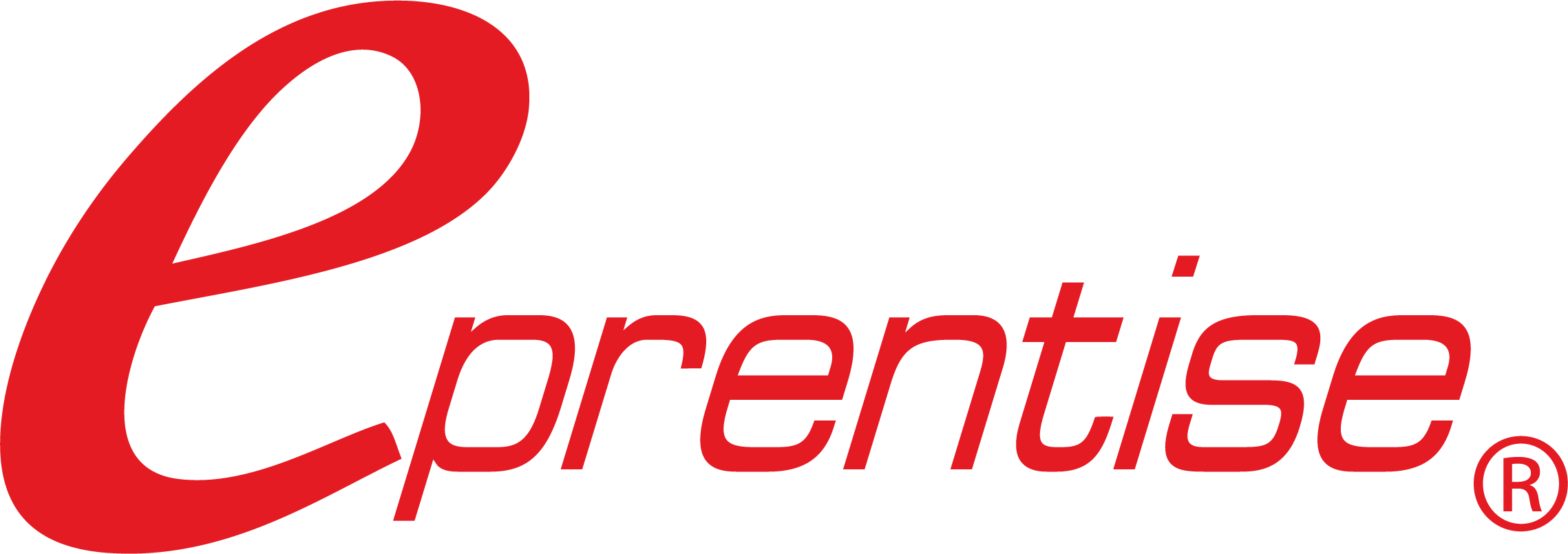More and more modern businesses are seeing the benefit in deploying an integration of robotic process automation (RPA) into their organization’s internal audit plan. By embracing the age of automation, businesses can pocket substantial cost-savings and reap organizational benefits in finance departments of all sizes.
In leveraging automation and advanced analytics, organizations can garner quality enhancement, time and cost-savings, and increased overall risk intelligence within the business. Internal audit teams that utilize RPA functionality gain better oversight into their data at every step of the process.
Impact to organizational resources:
Utilizing a rules-based technology application, governed by business logic and structured inputs, to automate processes within the internal audit allows better use of organizational resources. RPA within the internal audit process can alleviate many repetitive manual activities that would otherwise occupy valuable personnel whose time and expertise could be better focused on higher-value activities. This can lead to better quality assurance, more structured management for exceptions and processes, as well as building improved interpersonal interactions within the organization. Keeping pace with business changes by deploying automation for traditionally inefficient manual tasks allows these valuable activities to take a forefront in beneficial impact.
Higher returns on efficiency, quality output and cost reduction:
Automating internal audit processes within an organization allows executable tasks to be completed around the clock, consistently, and without any of the delay of manual processing. Tasks that are automated conform to a set process standard, are performed more efficiently, and with fewer likely errors. Future mistakes, manual or otherwise, can be identified, isolated, and corrected quickly as the oversight process operates automatically and consistently. Cost reduction is gained by improving the accuracy and quality of audits leading to better productivity, reliability, and transparency within the organization.
Timing improvements:
Audit reports take substantial time to create and release, sometimes as many as 120 days after the close of a period. With many parts of the audit already automated or running in parallel with other individual audit steps, this timing can be shorted dramatically as the integration of continuous auditing continues. Using automated tools, when properly designed and operated, can perform validation or identification procedures in real-time, so that the auditor only needs to assess the data if additional assertions must be tested.
Increased business value:
Boosting business value is the goal of most organizations and integrating automation into the internal audit process furthers this initiative by increasing assurance and oversight coverage in financials. By minimizing the manual legwork for personnel in the testing of data, organizations may be able to move from singular, spontaneous, or selective testing to a model of continuous audit, providing proactive insight into financials, improvements, and timely analysis of fluctuation or forecast of business value.
The benefits to internal auditors and the auditing practice of integrating automated tools will be most prevalent in the impact it will have on an organizations time and productivity. Automating manual tasks allows auditors to focus their time on analyzing data, evaluating and investigating outliers within a business, instead of aggregating data and correlating spreadsheets. Repetitive manual tasks that cut into the bottom line, frustrate valuable personnel, and lead to delays or diminished returns can be streamlined into automatic processes who only require oversight instead of engagement.






